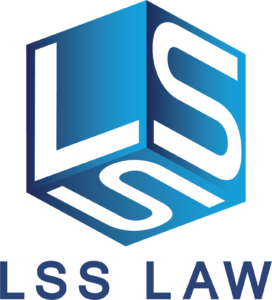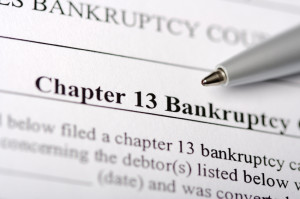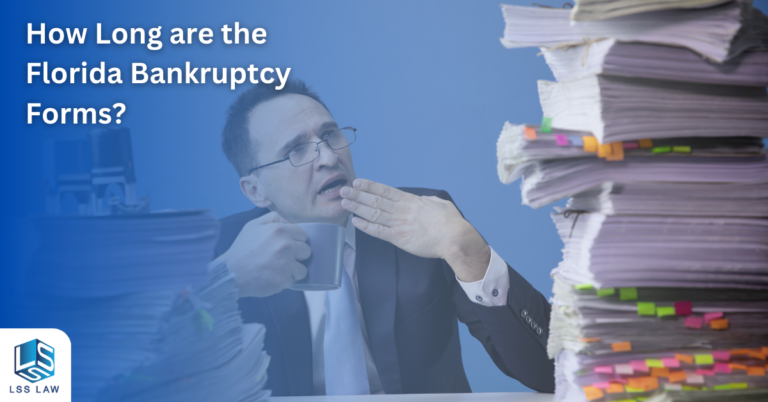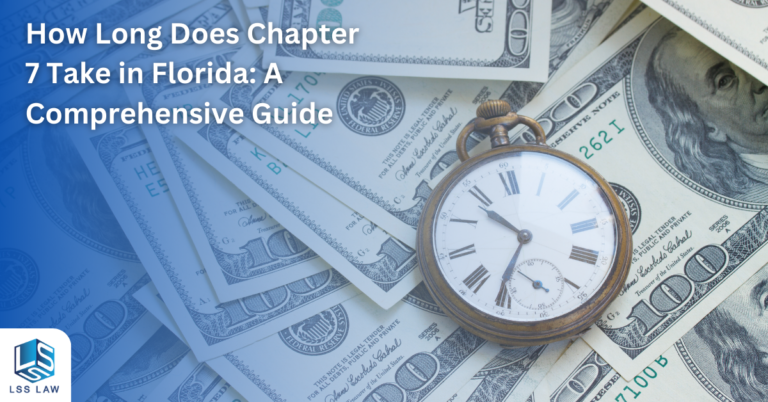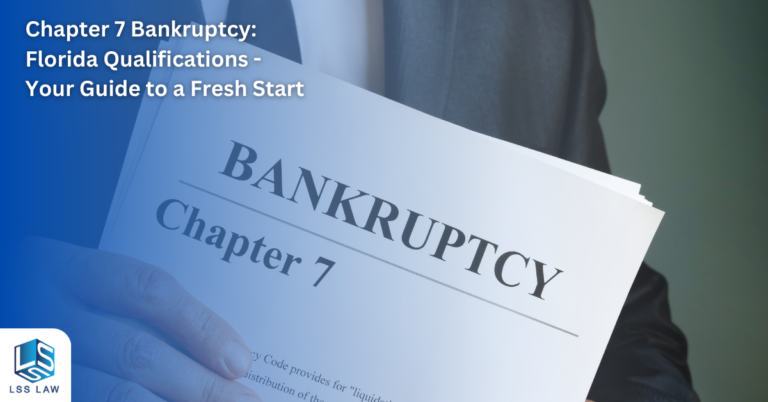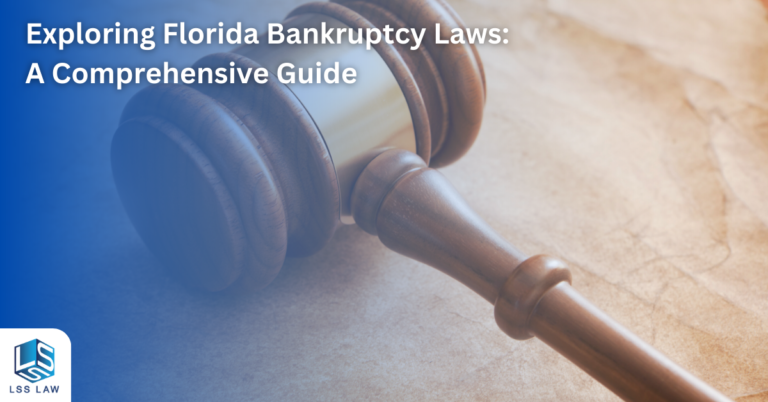The two main types of personal bankruptcy cases are Chapter 7 and Chapter 13. For more information on Chapter 7 filings, please click here. The Chapter 13 procedure provides you flexibility and allows you to reorganize your finances. So, what does this really mean?
To be eligible to file a Chapter 13, you must have a regular source of income to fund your plan of reorganization. Your Chapter 13 plan sets forth how you intend to pay your creditors. Your plan will be for a term of 3 to 5 years and it must be approved by the court. You will make payments to the Chapter 13 trustee assigned to your case each month and the trustee will distribute payments to your creditors as outlined in your plan.
What does a Chapter 13 plan look like? All of your debt is classified under the law. Your plan must pay your creditors according to their classification or priority. Three types of creditor claims are:
- Priority claims. A claim is granted special “priority” or status by law. The most common type of priority claim is certain taxes. Your plan typically must pay priority claims in full.
- Secured claims. A claim is considered to be secured if you pledged a personal asset (vehicle) or a piece of real property (home) as collateral for the lender. If you want to keep possession of the collateral, you must, at a minimum, pay the secured lender the value of the collateral.
- Unsecured claims. The majority of your debt is probably unsecured debt. It includes your credit card debt, medical bills, and other loans that do not have assets pledged as collateral to the creditor. Unsecured claims may be paid partially, fully, or not paid at all under your Chapter 13 plan as long as you pay all of your projected “disposable income” over an “applicable commitment period.” You must also pay the unsecured creditors at least as much under the plan as they would receive if your assets were liquidated under Chapter 7.
Your Chapter 13 case centers on your repayment plan. Thus, it is important to work with a skilled personal bankruptcy attorney to create a plan that works for you.
Please keep in mind that every case is different. If you have questions about Chapter 13 bankruptcy or you need help creating a Chapter 13 plan, and would like to schedule a no-cost consultation, please contact our office by completing the form on this website or calling us at 954-466-0541.
